Why Is My Curly Hair Tarantula Not Moving?
Observing your curly hair tarantula (Tliltocatl albopilosus) staying still can be concerning. While these fascinating creatures aren’t the most active pets, a lack of movement could indicate an underlying issue. Several factors can cause a tarantula to become immobile, ranging from environmental issues to health problems. Understanding these potential causes is crucial for providing the best possible care and ensuring your pet’s well-being. This guide will explore five of the most common reasons why your curly hair tarantula might not be moving and provide practical solutions to address the issue. Remember, early detection and intervention are key to a healthy tarantula. By understanding the signs and symptoms associated with each potential problem, you can take proactive steps to create an optimal living environment for your pet and prevent any serious health complications.
Temperature Issues and Their Impact
Temperature plays a vital role in a tarantula’s metabolism and activity levels. If the temperature in your tarantula’s enclosure is not within the appropriate range, it can significantly affect its movement and overall health. Tarantulas are ectothermic, meaning they rely on external sources to regulate their body temperature. When the temperature is too low, their metabolism slows down, leading to decreased activity and a lack of movement. Conversely, excessively high temperatures can also be detrimental, causing stress and dehydration. Maintaining a consistent and appropriate temperature is crucial for your curly hair tarantula’s well-being and ability to thrive.
Optimal Temperature Range for Curly Hair Tarantulas
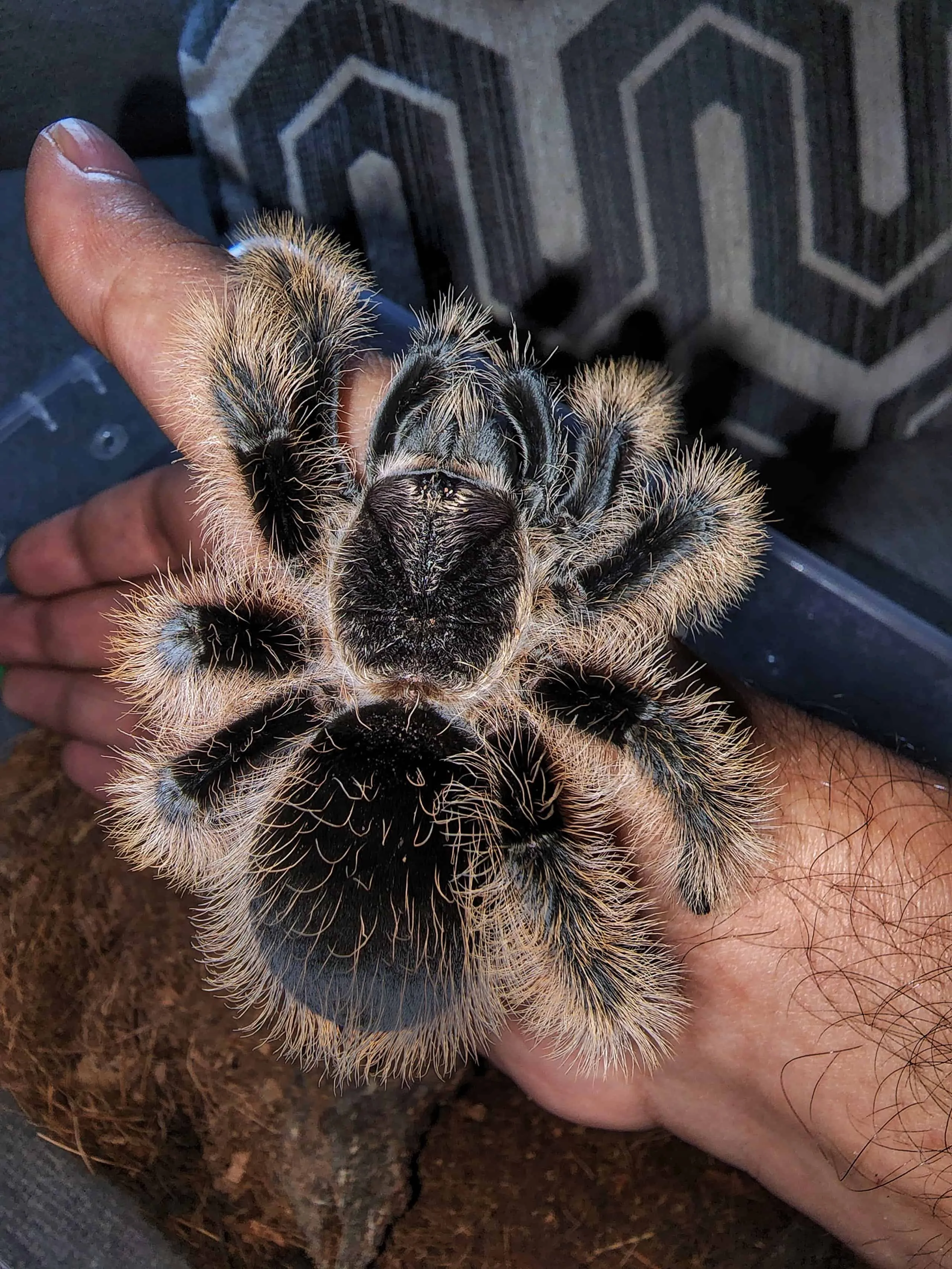
The ideal temperature range for a curly hair tarantula is typically between 75-85°F (24-29°C). These temperatures allow the tarantula to comfortably move, eat, and digest food. However, a slight drop in temperature at night is generally acceptable, as long as it doesn’t fall below 70°F (21°C). Using a reliable thermometer to monitor the temperature within the enclosure is essential. Place the thermometer in a location that accurately reflects the ambient temperature, away from direct heat sources. This ensures you have a precise understanding of your tarantula’s environment and can make necessary adjustments to maintain optimal conditions.
How to Adjust the Temperature in Your Tarantula’s Enclosure
If the temperature in your tarantula’s enclosure is too low, you can use several methods to increase it. A heat lamp designed for reptiles can be used, ensuring it is placed at a safe distance to prevent overheating. Alternatively, a heat mat placed under the enclosure can provide a gentle, consistent heat source. Always monitor the temperature carefully when using heat sources to avoid exceeding the recommended range. In cases of excessively high temperatures, you can improve ventilation by opening air vents on the enclosure or moving the enclosure to a cooler part of the room. Avoid placing the enclosure in direct sunlight, as this can quickly cause the temperature to spike. Regular monitoring and adjustments will help ensure your tarantula’s environment remains within a comfortable and healthy range.
Dehydration and Its Effects
Dehydration is another common reason for a curly hair tarantula’s inactivity. Tarantulas require a consistent supply of water to maintain their bodily functions and stay healthy. Dehydration can occur if the tarantula isn’t getting enough water, if the humidity levels in the enclosure are too low, or if the tarantula is experiencing health issues that prevent it from drinking. Dehydration can lead to lethargy, loss of appetite, and in severe cases, even death. Therefore, ensuring your tarantula has access to fresh water and maintaining proper humidity levels are critical for its health and well-being.
Identifying Dehydration Signs
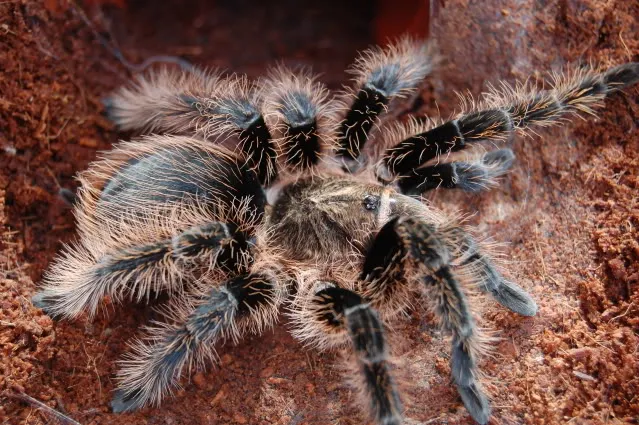
Several signs can indicate a dehydrated tarantula. One of the most obvious signs is a shriveled or wrinkled abdomen. The tarantula might also appear sluggish and lethargic, showing little to no movement. Another sign of dehydration is a lack of interest in food. If your tarantula refuses to eat, this could be a sign that it is not feeling well. Also, observe the tarantula’s fangs; they might appear dry and less shiny. Furthermore, a dehydrated tarantula may position itself near the water dish, indicating its need for hydration. If you notice any of these signs, it’s essential to take immediate action to address the dehydration.
Providing Proper Hydration
The best way to prevent dehydration is to ensure your tarantula has constant access to fresh water. A shallow water dish, such as a bottle cap or a small dish designed for reptiles, should be placed in the enclosure. Change the water regularly, at least once or twice a week, to prevent bacterial growth. Also, you can mist the enclosure with water, particularly in drier environments. However, do not over-mist, as excessive humidity can also lead to other problems. Additionally, ensure the substrate in the enclosure is appropriate for maintaining humidity. A slightly damp substrate will help create a more humid environment, which is beneficial for the tarantula’s health and hydration.
Molting Process Explained
Molting is a natural process in which a tarantula sheds its exoskeleton to grow. During this time, the tarantula may become very still and refuse to eat. The molting process can be physically demanding, causing the tarantula to conserve energy by remaining inactive. The frequency of molting depends on the tarantula’s age and growth rate. Young tarantulas molt more frequently than older ones. Understanding the molting process is crucial for providing appropriate care and ensuring your tarantula’s successful molting.
Recognizing Pre-Molting Behavior
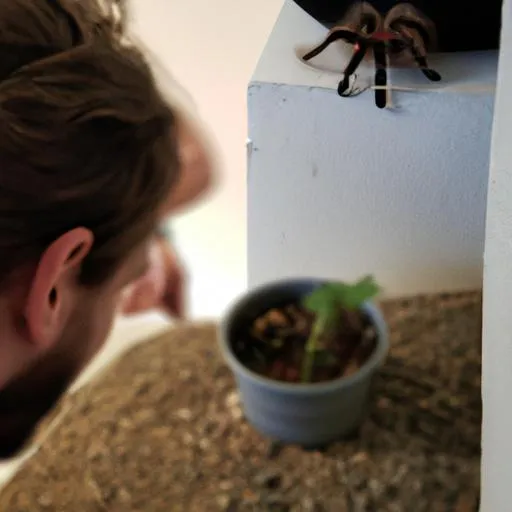
Several behaviors can indicate that your tarantula is preparing to molt. One of the most common signs is a change in the tarantula’s coloration. The tarantula’s skin may appear duller or darker than usual, especially the abdomen. The tarantula may also stop eating and become increasingly lethargic. Some tarantulas will create a web mat or seal themselves inside a hide as they prepare to molt. You might also notice the tarantula’s abdomen becoming larger and more stretched. Knowing these signs can help you anticipate and prepare for the molting process, allowing you to provide the best possible environment for your pet.
Supporting Your Tarantula During Molt
During the molting process, it’s crucial to provide a stress-free environment. Avoid disturbing the tarantula while it’s molting. Keep the enclosure at a consistent temperature and humidity level. Ensure that the tarantula has access to fresh water but do not attempt to feed it. The tarantula will likely be vulnerable during and immediately after molting. It will have soft new fangs. After the molt, allow the tarantula a few days to harden its new exoskeleton before offering food. It’s also essential to keep the enclosure clean and free from any potential hazards that could harm the tarantula during this vulnerable time.
Stress and Environmental Factors
Stress can also lead to a tarantula’s inactivity. Tarantulas are sensitive creatures, and various environmental factors can cause them stress, which can reduce their movement. Loud noises, vibrations, excessive handling, or an unsuitable enclosure can all contribute to stress. Stress can suppress the tarantula’s appetite, weaken its immune system, and make it less active. Reducing stress factors and providing a calm, stable environment is essential for a healthy and active tarantula.
Creating a Stress-Free Habitat
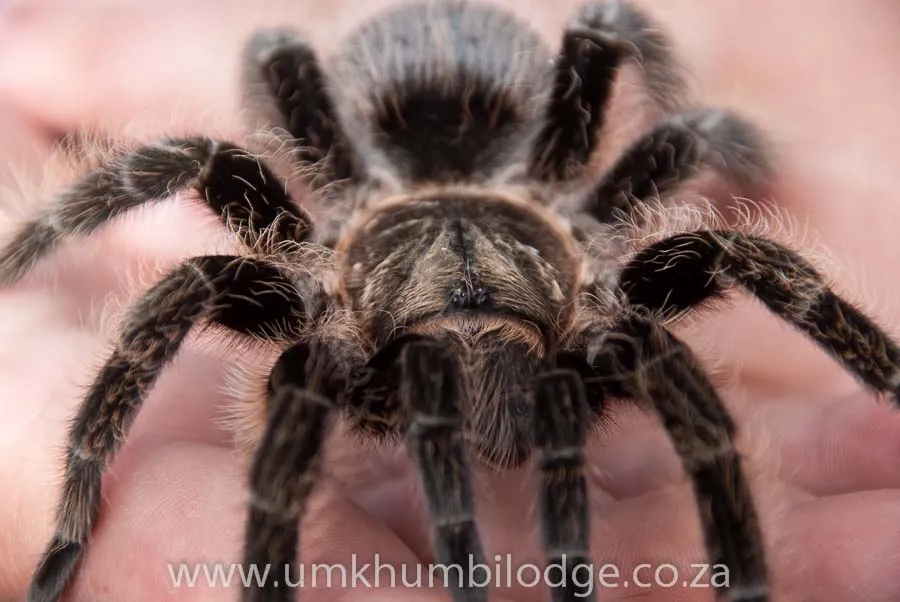
To create a stress-free habitat, choose an enclosure of appropriate size and design. Ensure the enclosure is well-ventilated and has a secure lid to prevent escape. Place the enclosure in a quiet area away from loud noises, bright lights, and excessive foot traffic. Provide plenty of hiding places, such as cork bark or artificial plants, where the tarantula can retreat and feel secure. Avoid frequent handling, and when handling is necessary, do so gently and for short periods. Maintaining consistent temperature and humidity levels is also important for reducing stress. A well-designed and maintained enclosure will create a comfortable and secure environment for your curly hair tarantula.
Dealing with Handling
Handling should be minimized, as it can be a significant source of stress for tarantulas. Excessive handling can frighten the tarantula and make it feel unsafe. If handling is necessary, do so gently and with caution. Always wash your hands before handling the tarantula, as any residue on your hands can potentially harm it. Support the tarantula’s body, and avoid dropping it. If the tarantula shows any signs of stress, such as raising its front legs or flicking hairs, put it back in its enclosure immediately. It’s often best to observe your tarantula rather than handle it, as this minimizes stress and promotes its well-being.
Health Problems and Illnesses
While less common, health problems and illnesses can also lead to a tarantula’s inactivity. Like any living creature, tarantulas can contract diseases or suffer from injuries. Parasites, bacterial infections, or other health issues can cause lethargy and a lack of movement. Recognizing the signs of illness and seeking veterinary help when needed is essential for your tarantula’s health.
Common Tarantula Diseases
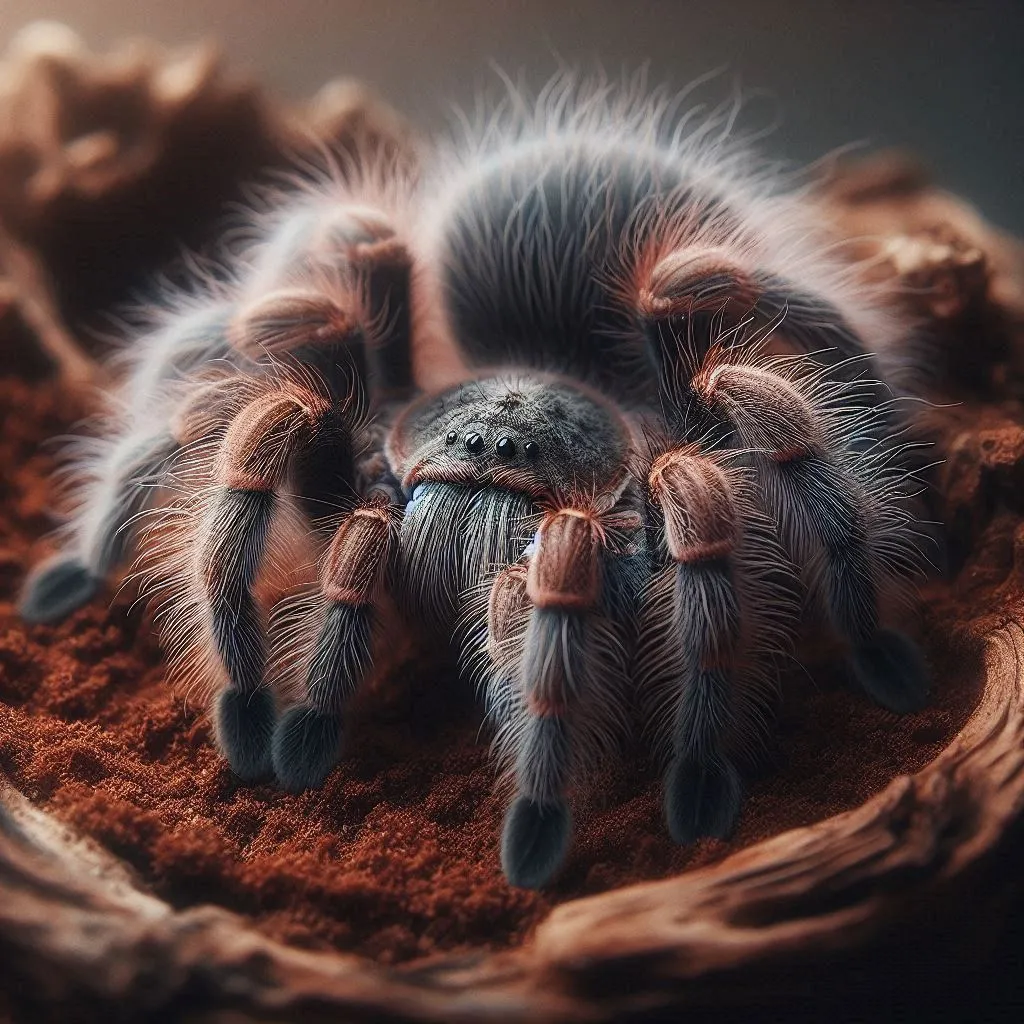
Several diseases can affect tarantulas, though they are generally quite hardy. Some common issues include fungal infections, bacterial infections, and parasites. Parasites can infest the tarantula. Fungal infections can develop in humid environments. Bacterial infections can result from injuries or poor enclosure hygiene. Some signs of illness include loss of appetite, unusual behavior, discoloration of the exoskeleton, or fluid leakage. If you suspect your tarantula is ill, consulting with a veterinarian experienced in exotic animals is recommended. Early detection is crucial to successful treatment.
When to Seek Veterinary Help
If your curly hair tarantula shows any signs of illness or injury, it is essential to seek veterinary help. Some signs that warrant a visit to the vet include prolonged inactivity, loss of appetite, unusual changes in color or behavior, difficulty molting, or any visible injuries. Finding a vet experienced with exotic animals is important for accurate diagnosis and treatment. Be prepared to provide information about your tarantula’s living conditions, diet, and any observed symptoms. Early intervention can greatly improve the chances of a successful recovery. Do not attempt to self-treat, as this can potentially worsen the condition.
Preventive Measures for a Healthy Tarantula
Preventive measures can play a significant role in maintaining your tarantula’s health and activity. Keeping the enclosure clean and sanitary is critical. Regularly remove uneaten food and any waste to prevent the growth of bacteria and fungi. Provide a balanced diet appropriate for the species, and avoid overfeeding. Maintain the correct temperature and humidity levels within the enclosure. Avoid handling your tarantula excessively to minimize stress. By following these preventive measures, you can significantly reduce the risk of health problems and ensure your curly hair tarantula stays active and thriving.
